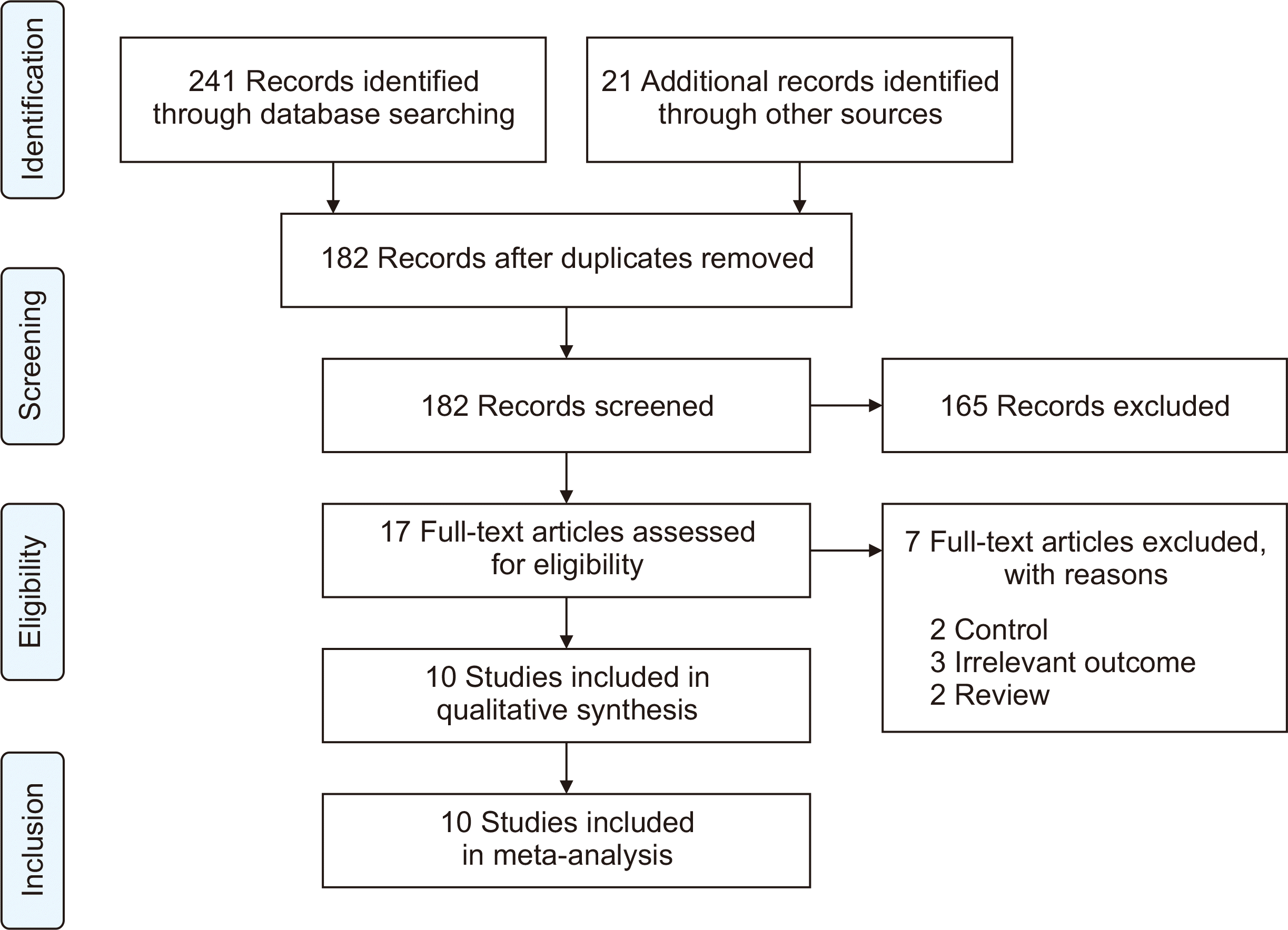1. Jering KS, McGrath MM, Mc Causland FR, Claggett B, Cunningham JW, Solomon SD. 2022; Excess mortality in solid organ transplant recipients hospitalized with COVID-19: a large-scale comparison of SOT recipients hospitalized with or without COVID-19. Clin Transplant. 36:e14492. DOI:
10.1111/ctr.14492. PMID:
34558116. PMCID:
PMC8646895.
3. Dhand A, Lobo SA, Wolfe K, Feola N, Nabors C. 2021; Bamlanivimab for treatment of COVID-19 in solid organ transplant recipients: early single-center experience. Clin Transplant. 35:e14245. DOI:
10.1111/ctr.14245. PMID:
33595145. PMCID:
PMC7995073.
4. Hedvat J, Lange NW, Salerno DM, DeFilippis EM, Kovac D, Corbo H, et al. 2022; COVID-19 therapeutics and outcomes among solid organ transplant recipients during the Omicron BA.1 era. Am J Transplant. 22:2682–8. DOI:
10.1111/ajt.17140. PMID:
35801839. PMCID:
PMC9349644.
5. An EUA for bamlanivimab - a monoclonal antibody for COVID-19. Med Lett Drugs Ther. 2020; 62:185–6.
6. An EUA for casirivimab and imdevimab for COVID-19. Med Lett Drugs Ther. 2020; 62:201–2.
7. Gueguen J, Colosio C, Del Bello A, Scemla A, N'Guyen Y, Rouzaud C, et al. 2022; Early administration of anti-SARS-CoV-2 monoclonal antibodies prevents severe COVID-19 in kidney transplant patients. Kidney Int Rep. 7:1241–7. DOI:
10.1016/j.ekir.2022.03.020. PMID:
35372734. PMCID:
PMC8957354.
8. Chavarot N, Melenotte C, Amrouche L, Rouzaud C, Sberro-Soussan R, Pavie J, et al. 2022; Early treatment with sotrovimab monoclonal antibody in kidney transplant recipients with Omicron infection. Kidney Int. 101:1290–3. DOI:
10.1016/j.kint.2022.04.003. PMID:
35421508. PMCID:
PMC9001009.
9. Yetmar ZA, Beam E, O'Horo JC, Seville MT, Brumble L, Ganesh R, et al. 2022; Outcomes of bebtelovimab and sotrovimab treatment of solid organ transplant recipients with mild-to-moderate coronavirus disease 2019 during the Omicron epoch. Transpl Infect Dis. 24:e13901. DOI:
10.1111/tid.13901. PMID:
35848574. PMCID:
PMC9349935.
10. Radcliffe C, Palacios CF, Azar MM, Cohen E, Malinis M. 2022; Real-world experience with available, outpatient COVID-19 therapies in solid organ transplant recipients during the omicron surge. Am J Transplant. 22:2458–63. DOI:
10.1111/ajt.17098. PMID:
35583664. PMCID:
PMC9348251.
11. Solera JT, Arbol BG, Alshahrani A, Bahinskaya I, Marks N, Humar A, et al. 2022; Impact of vaccination and early monoclonal antibody therapy on coronavirus disease 2019 outcomes in organ transplant recipients during the Omicron wave. Clin Infect Dis. 75:2193–200. DOI:
10.1093/cid/ciac324. PMID:
35445690. PMCID:
PMC9278130.
12. Birnie E, Biemond JJ, Appelman B, de Bree GJ, Jonges M, Welkers MR, et al. 2022; Development of resistance-associated mutations after sotrovimab administration in high-risk individuals infected with the SARS-CoV-2 Omicron variant. JAMA. 328:1104–7. DOI:
10.1001/jama.2022.13854. PMID:
35913747. PMCID:
PMC9344387.
13. Moher D, Shamseer L, Clarke M, Ghersi D, Liberati A, Petticrew M, et al. 2015; Preferred reporting items for systematic review and meta-analysis protocols (PRISMA-P) 2015 statement. Syst Rev. 4:1. DOI:
10.1186/2046-4053-4-1. PMID:
25554246. PMCID:
PMC4320440.
14. Sterne JA, Hernan MA, Reeves BC, Savovic J, Berkman ND, Viswanathan M, et al. 2016; ROBINS-I: a tool for assessing risk of bias in non-randomised studies of interventions. BMJ. 355:i4919. DOI:
10.1136/bmj.i4919. PMID:
27733354. PMCID:
PMC5062054.
15. Casutt A, Papadimitriou-Olivgeris M, Ioakeim F, Aubert JD, Manuel O, Koutsokera A. 2023; Outcomes of SARS-CoV-2 infection among lung transplant recipients: a single center retrospective study. Transpl Infect Dis. 25:e14007. DOI:
10.1111/tid.14007. PMID:
36602439.
16. Fernandes G, Devresse A, Scohy A, De Greef J, Yombi JC, Belkhir L, et al. 2022; Monoclonal antibody therapy in kidney transplant recipients with Delta and Omicron variants of SARS-CoV-2: a single-center case series. Kidney Med. 4:100470. DOI:
10.1016/j.xkme.2022.100470. PMID:
35493029. PMCID:
PMC9042411.
18. Papadimitriou-Olivgeris M, Cipriano A, Guggisberg N, Kroemer M, Tschopp J, Manuel O, et al. 2022; Outcome of COVID-19 in kidney transplant recipients through the SARS-CoV-2 variants eras: role of anti-SARS-CoV-2 monoclonal antibodies. Transpl Int. 35:10721. DOI:
10.3389/ti.2022.10721. PMID:
36267693. PMCID:
PMC9576844.
19. Wong G, Rowlandson M, Sabanayagam D, Ginn AN, Kable K, Sciberras F, et al. 2022; COVID-19 infection with the omicron SARS-CoV-2 variant in a cohort of kidney and kidney pancreas transplant recipients: clinical features, risk factors, and outcomes. Transplantation. 106:1860–6. DOI:
10.1097/TP.0000000000004203. PMID:
35675438.
20. Vellas C, Trémeaux P, Del Bello A, Latour J, Jeanne N, Ranger N, et al. 2022; Resistance mutations in SARS-CoV-2 omicron variant in patients treated with sotrovimab. Clin Microbiol Infect. 28:1297–9. DOI:
10.1016/j.cmi.2022.05.002. PMID:
35595125. PMCID:
PMC9112603.
22. Farhadian N, Farhadian M, Zamanian MH, Taghadosi M, Vaziri S. 2023; Sotrovimab therapy in solid organ transplant recipients with mild to moderate COVID-19: a systematic review and meta-analysis. Immunopharmacol Immunotoxicol. 45:402–8. DOI:
10.1080/08923973.2022.2160733. PMID:
36537311.
23. Amani B, Amani B. 2022; Efficacy and safety of sotrovimab in patients with COVID-19: a rapid review and meta-analysis. Rev Med Virol. 32:e2402. DOI:
10.1002/rmv.2402. PMID:
36226323. PMCID:
PMC9874927.
24. Yang M, Li T, Wang Y, Tran C, Zhao S, Ao G. 2022; Monoclonal antibody therapy improves severity and mortality of COVID-19 in organ transplant recipients: a meta-analysis. J Infect. 85:436–80. DOI:
10.1016/j.jinf.2022.06.027. PMCID:
PMC9247112.
25. Wu WL, Chiang CY, Lai SC, Yu CY, Huang YL, Liao HC, et al. 2022; Monoclonal antibody targeting the conserved region of the SARS-CoV-2 spike protein to overcome viral variants. JCI Insight. 7:e157597. DOI:
10.1172/jci.insight.157597. PMID:
35290246. PMCID:
PMC9089791.
26. Al-Obaidi MM, Gungor AB, Nematollahi S, Zangeneh TT, Bedrick EJ, Johnson KM, et al. 2022; Effectiveness of casirivimab-imdevimab monoclonal antibody treatment among high-risk patients with severe acute respiratory syndrome coronavirus 2 B.1.617.2 (Delta variant) infection. Open Forum Infect Dis. 9:ofac186. DOI:
10.1093/ofid/ofac186. PMID:
35791354. PMCID:
PMC9047202.
27. Ganesh R, Pawlowski CF, O'Horo JC, Arndt LL, Arndt RF, Bell SJ, et al. 2021; Intravenous bamlanivimab use associates with reduced hospitalization in high-risk patients with mild to moderate COVID-19. J Clin Invest. 131:e151697. DOI:
10.1172/JCI151697. PMID:
34411003. PMCID:
PMC8483756.
28. Kim T, Joo DH, Lee SW, Lee J, Lee SJ, Kang J. 2022; Real-world efficacy of regdanvimab on clinical outcomes in patients with mild to moderate COVID-19. J Clin Med. 11:1412. DOI:
10.3390/jcm11051412. PMID:
35268503. PMCID:
PMC8911404.








 PDF
PDF Citation
Citation Print
Print




 XML Download
XML Download